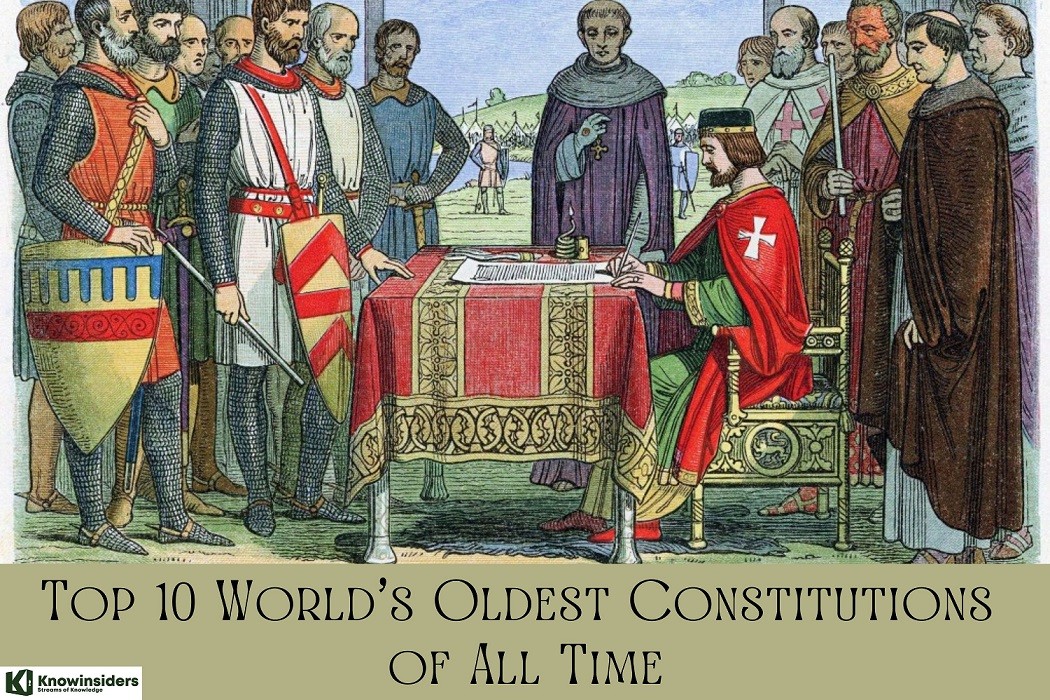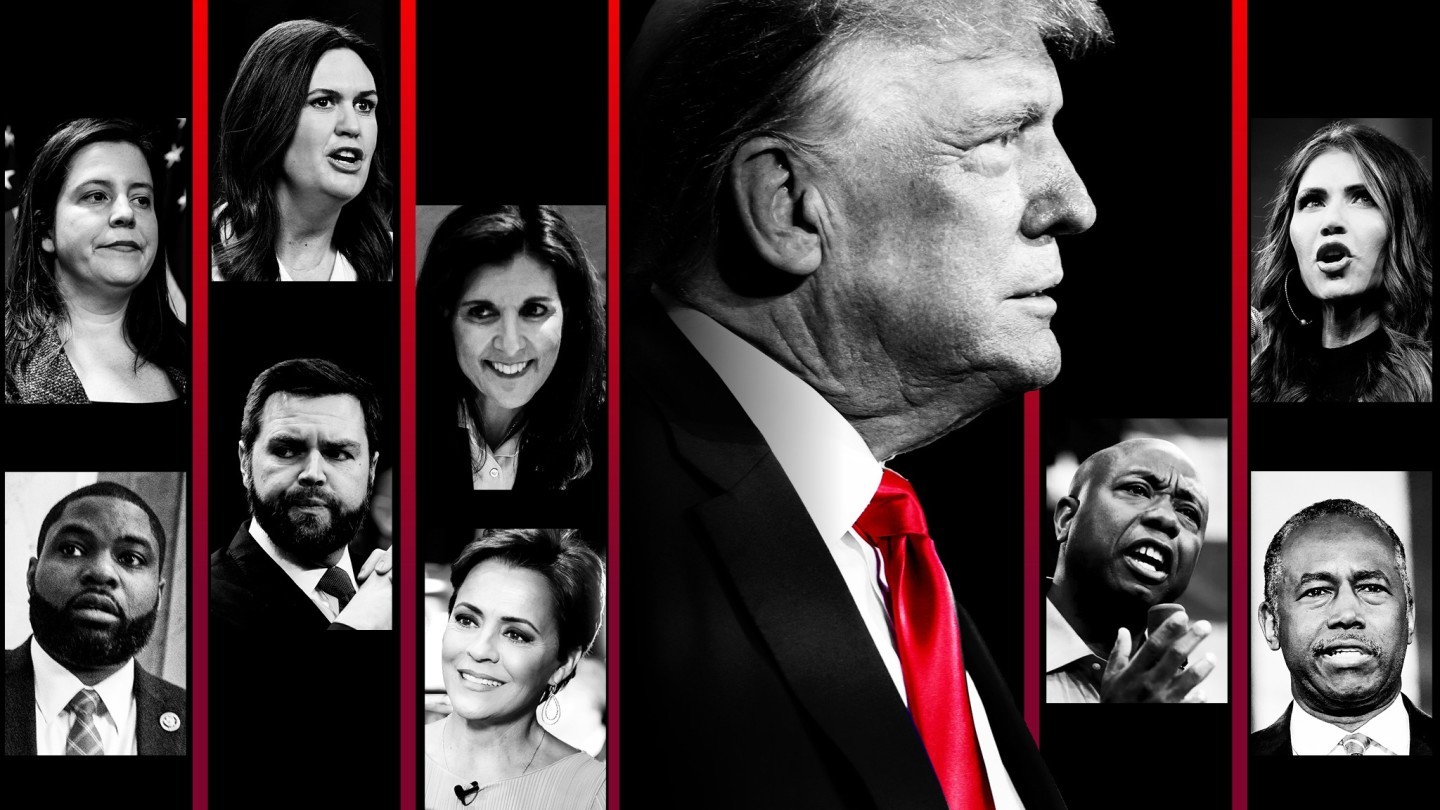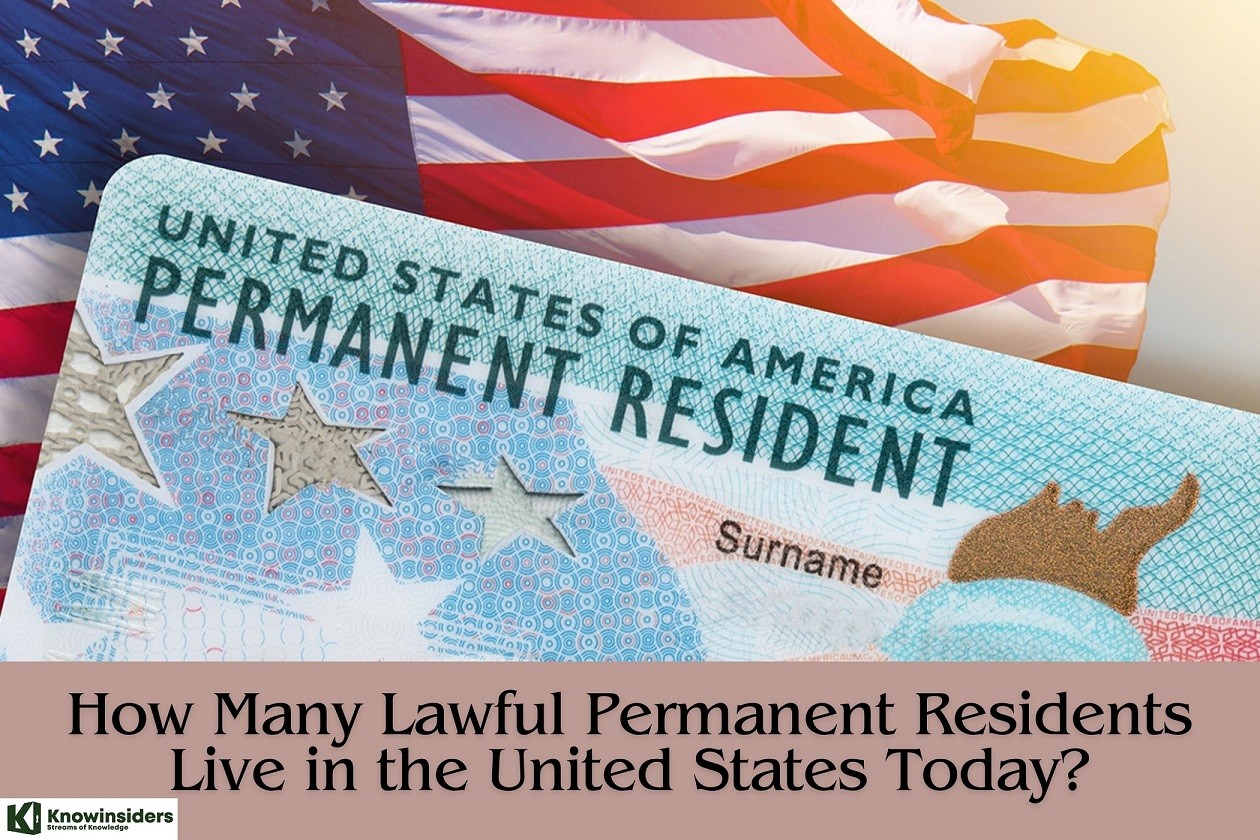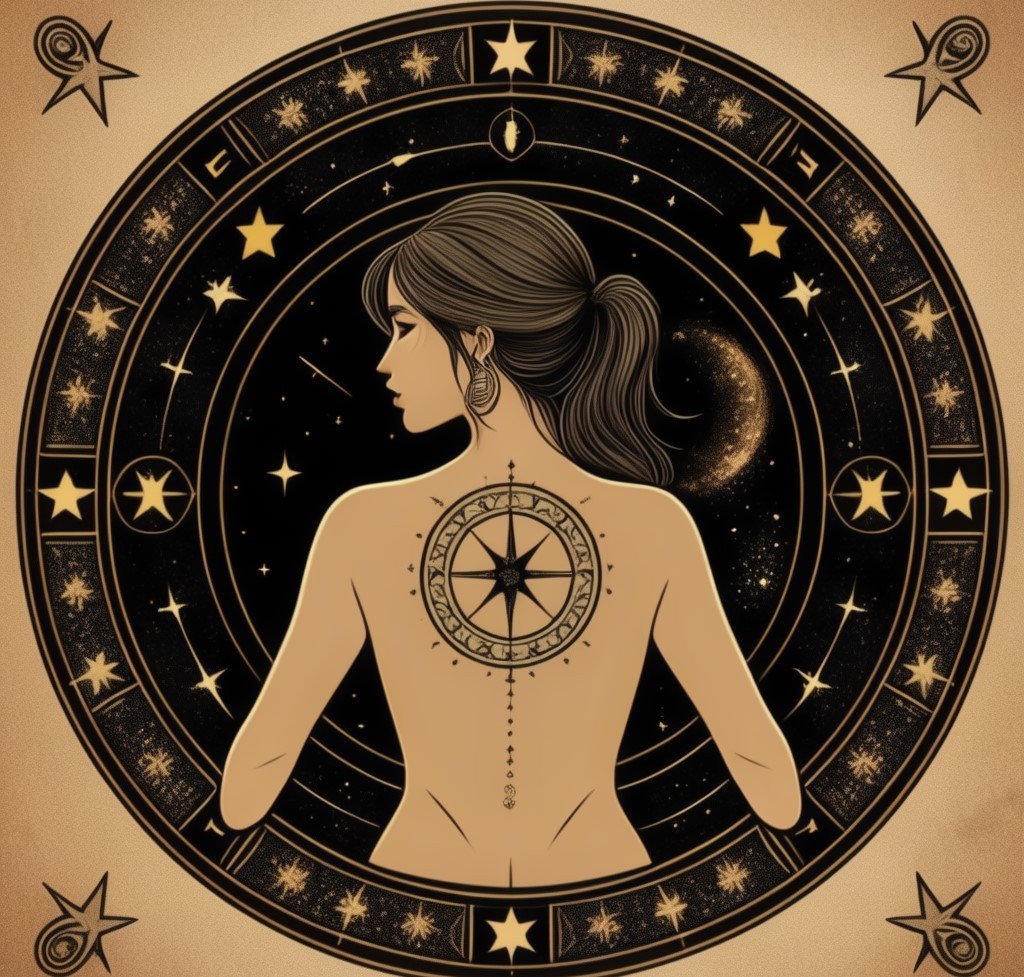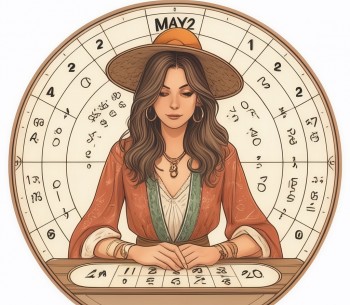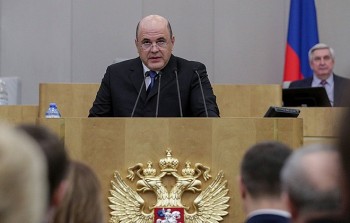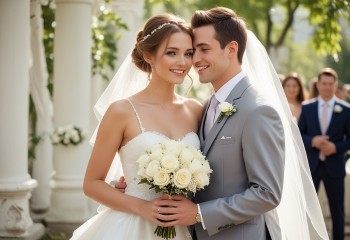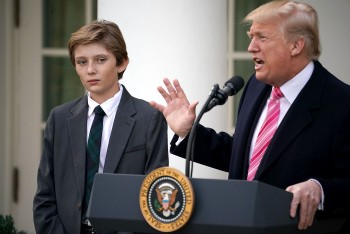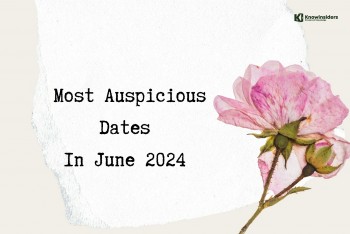Why President Wife Is Called First Lady - The Origins, Role and Facts
| Summary |
In the realm of politics and protocol, certain titles carry weight and significance, none more so than the designation bestowed upon the spouse of the President of the United States: "First Lady."
This seemingly simple term holds a rich history and cultural significance, reflecting not only the role of the president's wife but also broader societal attitudes toward women and leadership.
The title "First Lady" carries with it a profound significance and impact, transcending mere ceremonial duties to embody the nation's values, culture, and aspirations. This designation not only acknowledges the historical contributions of presidential spouses but also elevates their role as key figures in societal and humanitarian efforts. Being called "First Lady" places an individual at the forefront of social change, enabling them to advocate for important causes, influence public policy indirectly, and serve as a symbol of grace and diplomacy both domestically and internationally.
Learn more: Top 10 Most Influential First Ladies In America
 |
| Why President's Wife Is Called First Lady - The Origins, Role, and Facts |
Who is a First Lady?
The term "First Lady" typically refers to the wife of the President of a country, particularly in countries where the head of state is a male. The First Lady often plays a ceremonial and symbolic role, representing the president at official events, engaging in charitable activities, and advocating for social causes.
While the role of the First Lady is not an official position and is not outlined in any constitution or legal document, it holds significant cultural and historical significance. First Ladies have historically used their position to address important issues, champion causes, and shape public opinion. They often serve as unofficial advisors to the president and play a crucial role in shaping the public image of the administration.
Historical Origins Of The Title 'First Lady'
The title "First Lady" has its historical origins in the United States, particularly in reference to the wife of the President. While the exact origins of the term are not definitively documented, it gained prominence in the early 19th century and has since become firmly entrenched in the American political and cultural lexicon. Here's a brief overview of the historical origins of the title "First Lady":
Early Years
While the term "First Lady" may have been informally used earlier, its earliest documented usage in reference to the wife of the President dates back to the early 19th century. Dolley Madison, the wife of President James Madison, is often credited with popularizing the term during her husband's presidency (1809-1817). Dolley Madison was a highly influential figure in Washington society, known for her social grace, political acumen, and support for her husband's administration.
Widespread Adoption
Following Dolley Madison's tenure, the term "First Lady" became more widely recognized and accepted as the standard designation for the wife of the President. While it initially gained prominence in the United States, it has since been adopted in other countries to refer to the spouse of the head of state or government.
Symbolism and Significance
The title "First Lady" carries with it a sense of dignity, grace, and influence. While not an official position, the First Lady often serves as a prominent figure in American society, championing causes, representing the President at official events, and embodying the values of the nation. Over the years, First Ladies have played varied roles, from social hostess to political advisor, reflecting the evolving expectations and opportunities for women in the public sphere.
While the specific origins of the title "First Lady" are not definitively documented, its historical roots can be traced back to the early 19th century in the United States. Since then, it has become synonymous with the spouse of the President and carries with it a sense of significance and symbolism in American political and cultural life.
Symbol of Dignity and Influence of First Lady
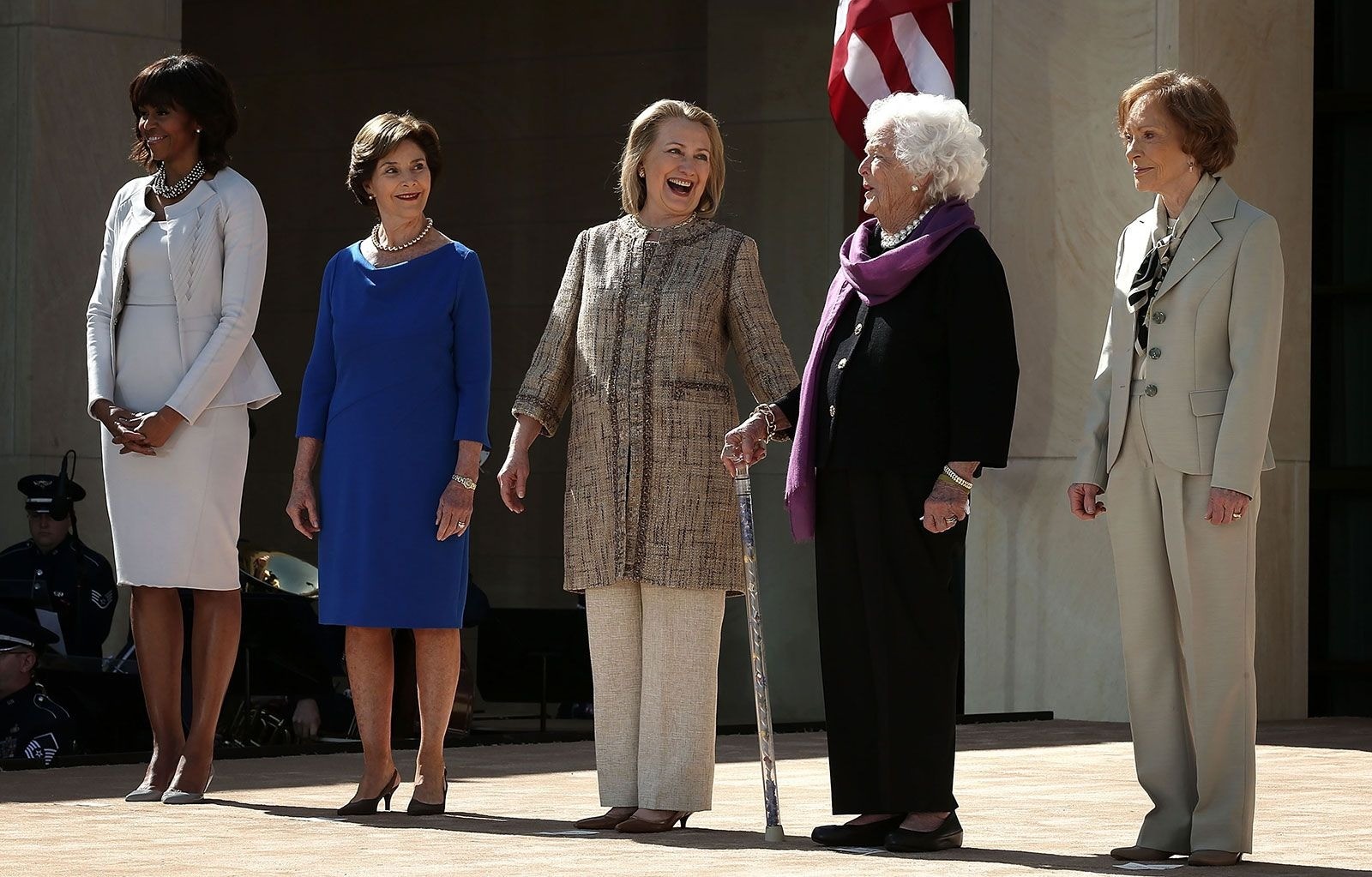 |
| First Ladies |
The title "First Lady" carries with it a sense of dignity, grace, and influence. While not an official position, the First Lady often serves as a prominent figure in American society, championing causes, representing the president at official functions, and embodying the values of the nation.
Throughout history, First Ladies have played varied roles, from social hostess to political advisor, reflecting the evolving expectations and opportunities for women in the public sphere. Many have used their platform to advocate for social issues such as education, healthcare, and women's rights, leaving a lasting impact on American society.
Evolution Of First Lady And Its Global Variants
While the term "First Lady" originated in the United States, it has since been adopted in other countries to refer to the spouse of the head of state or government. In many cases, the role of the First Lady extends beyond mere symbolism, with women around the world using their position to effect positive change and promote social causes.
From Michelle Obama's advocacy for healthy eating and education to Eleanor Roosevelt's championing of civil rights and human rights, First Ladies have left indelible marks on history, shaping the course of nations and inspiring generations to come.
As society continues to evolve, so too does the role of the First Lady. While rooted in tradition, this title embodies the aspirations and progress of women in leadership, serving as a symbol of empowerment and opportunity.
In the 21st century, the First Lady's role is not defined by convention but by the individual who occupies it, offering a platform for advocacy, leadership, and service to others. As we look to the future, let us celebrate the legacy of the First Lady and the profound impact she continues to have on our world.
The Role And Responsibilities of the First Lady
The role of the First Lady varies from country to country and from one administration to another, but it generally encompasses ceremonial, social, and advocacy responsibilities. While not an official position, the First Lady often wields considerable influence and serves as a prominent figure in the political and cultural landscape. Here are some key aspects of the role of the First Lady:
Ceremonial Duties
First Ladies often participate in official ceremonies and events alongside the President, representing the administration and the nation. This can include state dinners, official receptions, and visits with foreign dignitaries.
Social Hostess
First Ladies frequently act as the hostess of the White House or the official residence of the head of state, welcoming guests, organizing events, and overseeing the social calendar. They often play a key role in shaping the cultural ambiance of the presidential residence.
Advocacy and Causes
Many First Ladies use their platform to advocate for social causes and issues of importance. They may champion initiatives related to education, healthcare, veterans' affairs, environmental conservation, or other pressing concerns. Through speeches, public appearances, and partnerships with organizations, First Ladies can raise awareness and mobilize support for their chosen causes.
Policy and Advising
While not involved in formal policymaking, First Ladies often serve as informal advisors to the President, offering counsel and support on a wide range of issues. They may provide insights from their interactions with the public, offer perspectives on policy proposals, and act as a sounding board for the President.
Symbolic Leadership
First Ladies serve as symbols of the administration and the nation, embodying the values and aspirations of the country. Their actions and words can have a significant impact on public opinion and the perception of the President's leadership.
Historical and Cultural Preservation
First Ladies may also be involved in historical and cultural preservation efforts, supporting initiatives to preserve national landmarks, artifacts, and traditions. They may advocate for the arts, promote cultural exchange programs, and celebrate the diverse heritage of the country.
Read More: Who Are The First Ladies In The United States: Full List and Little-Known Facts
What is First Family?
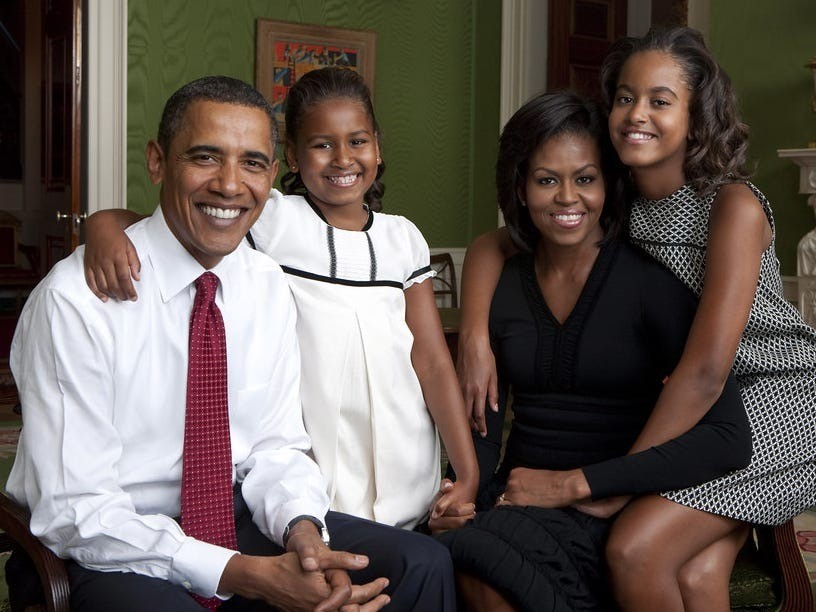 |
| First Family |
The term "First Family" extends beyond the president and their spouse to encompass their immediate relatives, including children and sometimes grandchildren. As the foremost symbol of the nation's leadership, the First Family occupies a unique position in American society, embodying both the privileges and responsibilities of public life.
From public appearances to private moments, the First Family is subject to intense scrutiny and media attention, with their actions and decisions often reflecting on the president and shaping public perceptions of the administration as a whole.
What Is The Vice President's Wife Called?
The wife of the Vice President of the United States is typically referred to as the "Second Lady." This title is analogous to the designation of "First Lady" for the wife of the President. While the role of the Second Lady is not as widely recognized or publicized as that of the First Lady, spouses of Vice Presidents often engage in ceremonial and social activities, support their partners' political endeavors, and may champion specific causes or initiatives.
Despite its lower profile, the role of the Second Lady is not without influence. Over the years, spouses of vice presidents have used their platform to address important issues and advocate for causes close to their hearts, contributing to the broader narrative of leadership and service in American politics.
What Is The Female President's Husband Called?
While traditionally associated with the role of the president's spouse, the title of "First Gentleman" is gaining traction as societies evolve and embrace gender equality in leadership. In countries where the head of state or government is female, the spouse may be referred to as the First Gentleman, acknowledging their role and position within the political landscape.
As the concept of the First Gentleman gains prominence, it reflects broader shifts in societal attitudes toward gender roles and expectations. Embracing this title signals a departure from traditional norms, affirming the importance of diversity and inclusion in governance.
Fun Facts: Not All First Ladies Have Married Presidents
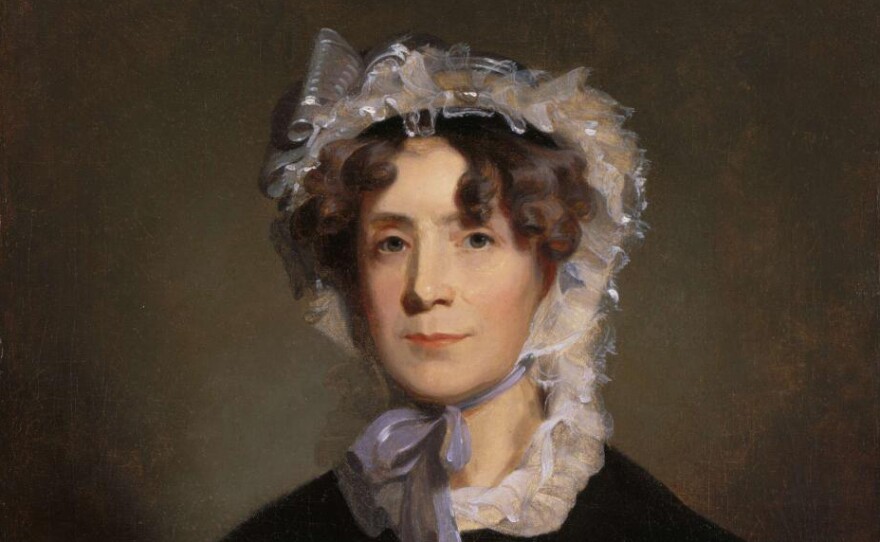 |
| Martha Jefferson Randolph |
While the term "First Lady" traditionally refers to the wife of the President of the United States, there have been instances where individuals other than the President's spouse have assumed the role of First Lady. This typically occurs when the President is unmarried, widowed, or serving without a spouse. In such cases, a close female relative, such as a daughter or sister, may fulfill the duties and responsibilities traditionally associated with the First Lady.
Here are a few examples of instances where someone other than the President's wife served as the de facto First Lady:
Thomas Jefferson's Daughter, Martha Jefferson Randolph: After the death of his wife, Martha Wayles Jefferson, President Thomas Jefferson's daughter, Martha Jefferson Randolph, assumed the role of hostess at the White House during his presidency (1801-1809).
James Buchanan's Niece, Harriet Lane: President James Buchanan, who was a lifelong bachelor, relied on his niece, Harriet Lane, to serve as his hostess and accompany him to official events during his presidency (1857-1861). Harriet Lane is often referred to as the "First Lady of the United States" in historical contexts.
Grover Cleveland's Sister, Rose Elizabeth Cleveland: President Grover Cleveland, a bachelor at the start of his first term, called upon his sister, Rose Elizabeth Cleveland, to serve as the official hostess at the White House. Rose Elizabeth Cleveland performed the duties of First Lady during his first term (1885-1889) until he married Frances Folsom midway through his presidency.
Woodrow Wilson's Daughter, Margaret Wilson: Following the death of his wife, Ellen Axson Wilson, President Woodrow Wilson's daughter, Margaret Wilson, took on the role of hostess and provided support to her father during his presidency (1913-1921).
These examples illustrate how the role of First Lady can be adapted to accommodate different family circumstances and arrangements, emphasizing the symbolic and ceremonial nature of the position.
Who are the first ‘first ladies’?The concept of a "First Lady" dates back centuries, but the specific individuals recognized as the first to hold this title may vary depending on the criteria used. Here are a few examples: Martha Washington: As the wife of George Washington, the first President of the United States (1789-1797), Martha Washington is often considered the first First Lady of the United States. While the term "First Lady" was not commonly used during her time, she played a significant role as the hostess of the presidential residence and a symbol of the new nation. Dolley Madison: Dolley Madison, the wife of James Madison, the fourth President of the United States (1809-1817), is often credited with being the first to be referred to as "First Lady" in the press. She was known for her social grace, hospitality, and influence in Washington society during her husband's presidency. Abigail Adams: Abigail Adams, the wife of John Adams, the second President of the United States (1797-1801), is also recognized for her influential role as a political advisor and confidante to her husband. While she predates the common usage of the term "First Lady," her contributions to American politics and society have earned her a place in history as one of the earliest influential presidential spouses. |
Conclusion
Overall, the role of the First Lady is multifaceted and dynamic, evolving to reflect the priorities and personality of each individual occupant. While it is not a constitutionally defined position, the First Lady often plays a crucial role in shaping the presidency and leaving a lasting impact on the nation.
 Interesting Facts About Furby, How Many Generations of Furbys Are There? Interesting Facts About Furby, How Many Generations of Furbys Are There? Do you know who Furby is? Check out Interesting Facts About Furby-One of The Most Favorite Toys In The World. |
 The Biggest Furby Myths That People Believed In The Biggest Furby Myths That People Believed In In 1999, the Furby became the most popular holiday gift for children (and some adults). There were various myths surrounding Furby's existence and emergence that ... |
 Interesting Facts About Tamagotchi - Japanese Handheld Game Interesting Facts About Tamagotchi - Japanese Handheld Game Do you adore Tamagotchis? Do you think you know everything about them? Learn these ten7 secrets and become an expert! |

